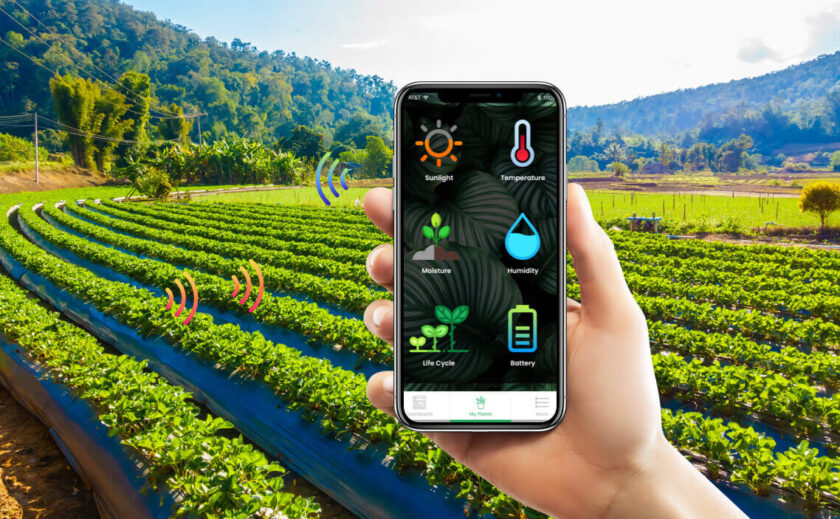CRI Report has released a report titled “Smart Farming Market – Analysis of Market Size, Share & Trends for 2019 – 2020 and Forecasts to 2030” which is anticipated to reach USD 24.5 billion by 2030. According to a study by CRI Report, the market is anticipated to portray a CAGR of 10.6% between 2020 and 2030. According to the report, The main driving forces behind the growth of precise agriculture include increased agricultural mechanisms in developing countries, rising labour costs as a result of a lack of skilled labour, increased pressure for food supplies in the world as a result of increasing population, significant savings on smart farming techniques and government initiatives to adopt advanced agricultural technology. The increasing need for optimal crop production with scarce funds gives it tremendous popularity among farmers.
The market report on global Smart Farming market includes in-depth insights as:
- The estimated value of the market was USD 12.8 billion in the year 2020.
- Region-wise, the market in North America, which held the largest market share of XX.X% in the year 2020, emerged as a key market for Smart Farming Market.
- Based on type, Precision Farming emerged as a key segment in the global Smart Farming Market.
- Based on offering, hardware emerged as a key segment in the global Smart Farming Market
- Key players are likely to focus on product innovations and expansion through merger to retain their positions in developed markets.
“Increases in productivity and decline of overhead labour have been caused by the use of technology such as VRT, remote sensing, GPS, GIS and guidance technology in Smart farms. The use of state-of-the-art agricultural equipment based on devices has helped the best utilization of resources. Smart agricultural equipment based on state-of-the-art technology not only contributes to the basic savings by lowering the labour cost but also significantly enhances farm operations.”, said a lead analyst at CRI Report.
Smart farming is a revolutionary farming idea that uses advanced technology to enhance agricultural products in both quantity and quality. The world’s rising demography is causing demand for more food and crops. This enables the farmer to cut their manual efforts, optimize resources use and increase crop production by increasing the advancement of new technologies, including large data services, cloud-based data services, livestock biometrics, farming robots, GPS and the IoT. Smart agricultural technology focuses on the improved efficiency that can be achieved through the implementation and understanding of various technologies and the management of natural variability in agriculture.
Global Smart Farming market is segmented by type into Precision Farming, Livestock Monitoring, Smart Greenhouse, Others. Precision animal tracking helps track animal health, manufacturing and welfare in real-time to ensure optimum returns. The industry players have been encouraged to concentrate on new product launches and significant economies of the cost related to livestock monitoring, such as increasing the size of milk farms and the technical advances like animal tracking.
Key Players in the Market
- Some of the key players operating in the global Smart Farming market are Deere & Company (US), Trimble (US), AGCO Corporation (US), AgJunction (US), Raven Industries (US), AG Leader (US), Taranis (Israel), AgEagle (US), Teejet Technologies (US), The Climate Corporation (US), Topcon Positioning Systems (US), Descartes Labs (US), ec2ce (Spain), Prospera Technologies (Israel), Autonomous Tractor Corporation (US), Other Prominent Players
Get Valuable Insights into Global Smart Farming Market
In the new report, CRI Report thrives to present an unbiased analysis of the global Smart Farming market that covers the historical demand data as well as the forecast figures for the period, i.e., 2021-2030. The study includes compelling insights into growth that is witnessed in the market. The market is segmented by offering into Hardware-Sensors, GPS, Yield Monitors; Software; Services. By type into Precision Farming, Livestock Monitoring, Smart Greenhouse, Others. Geographically, the market is segmented into North America, Latin America, Europe, Asia Pacific and Middle East and Africa.

